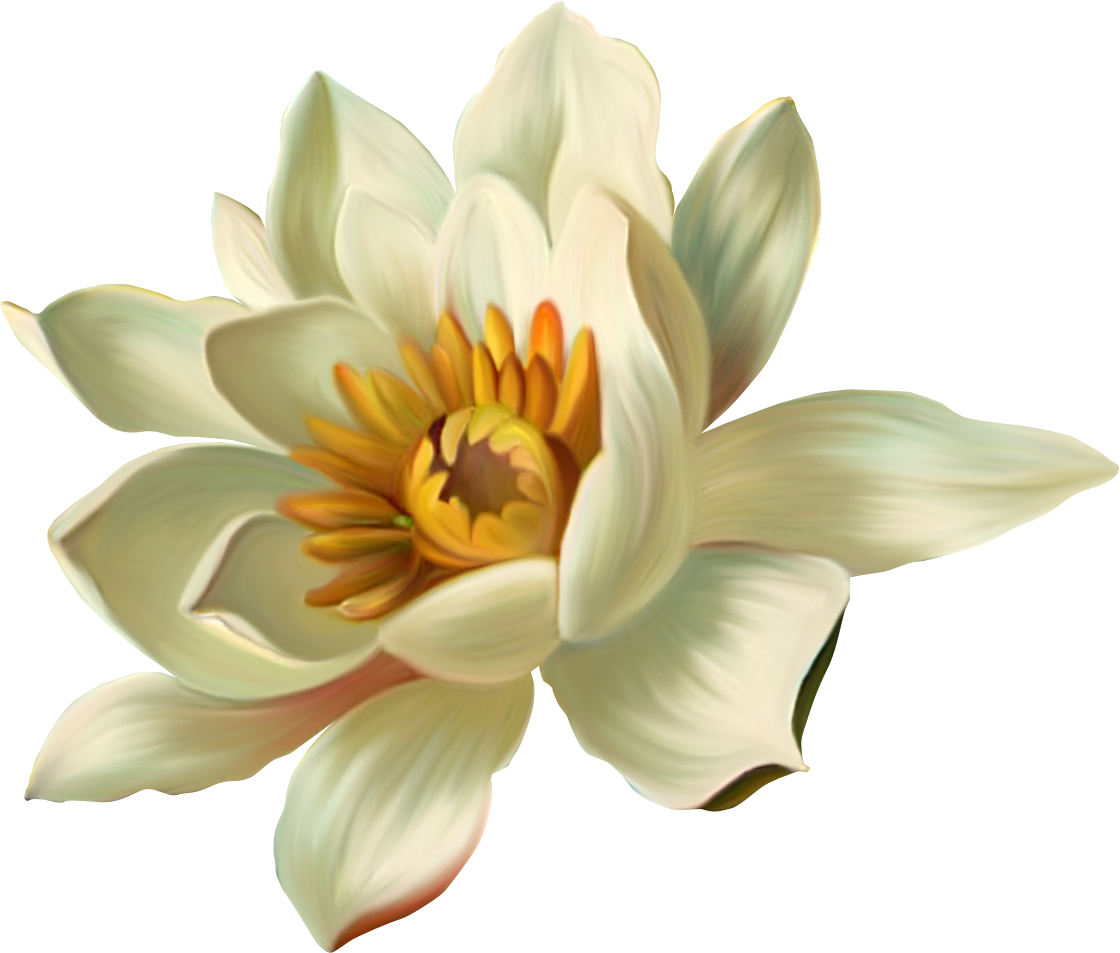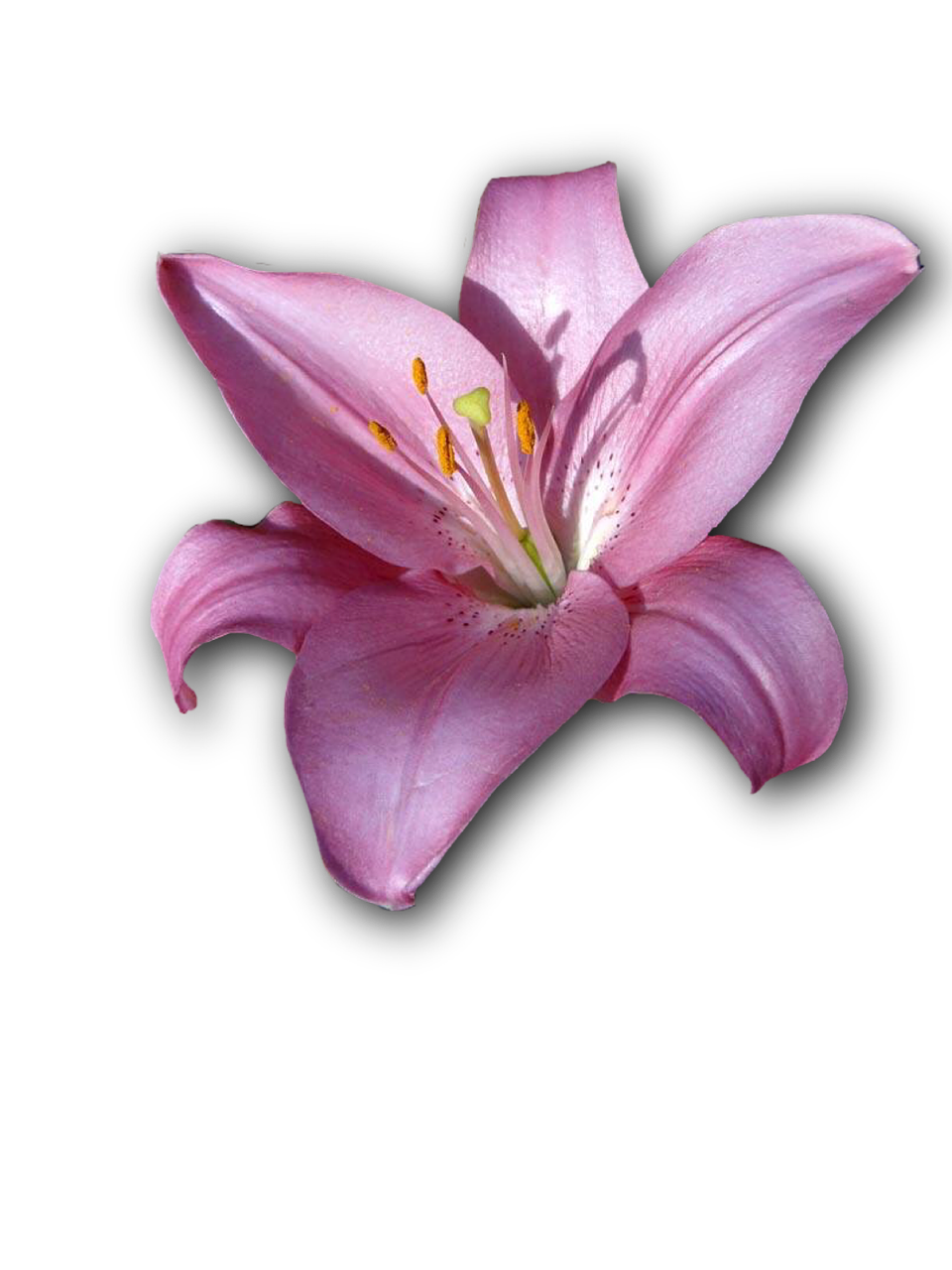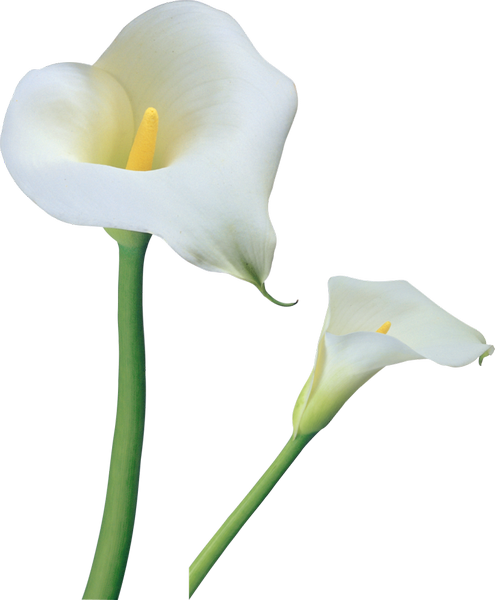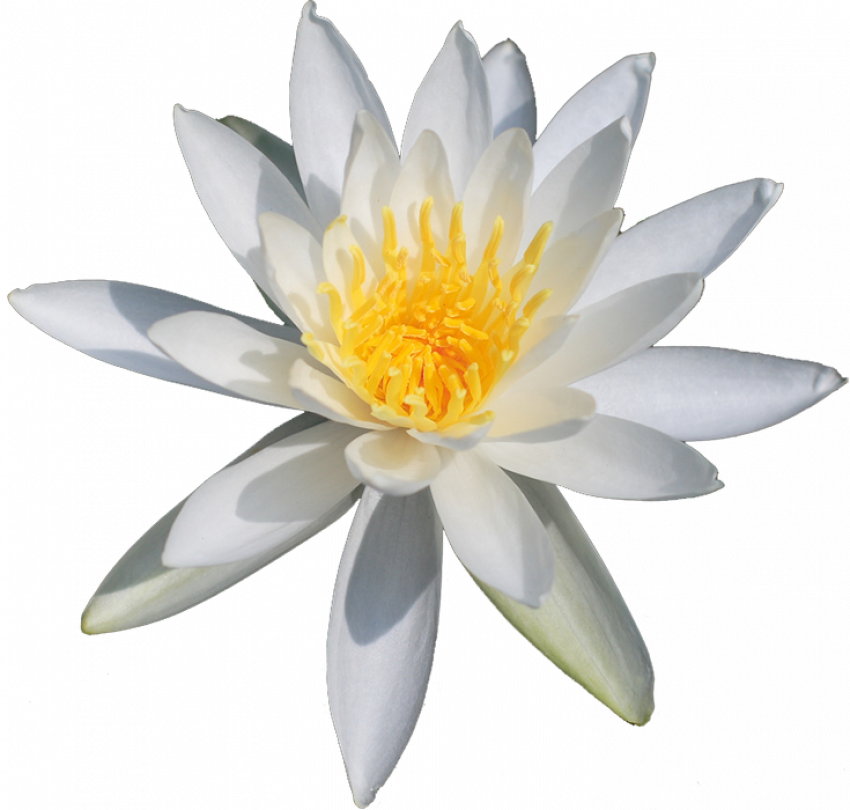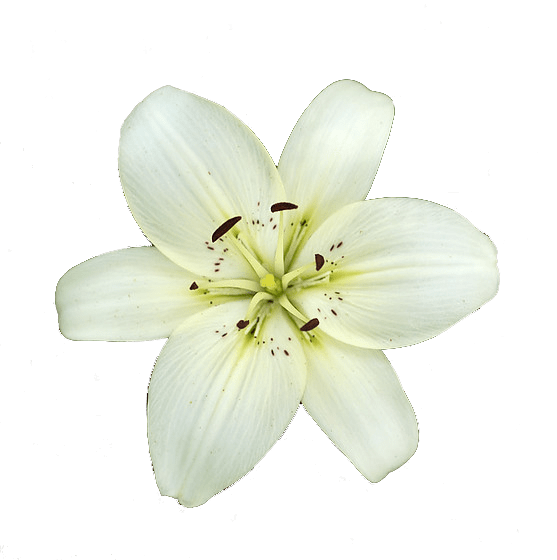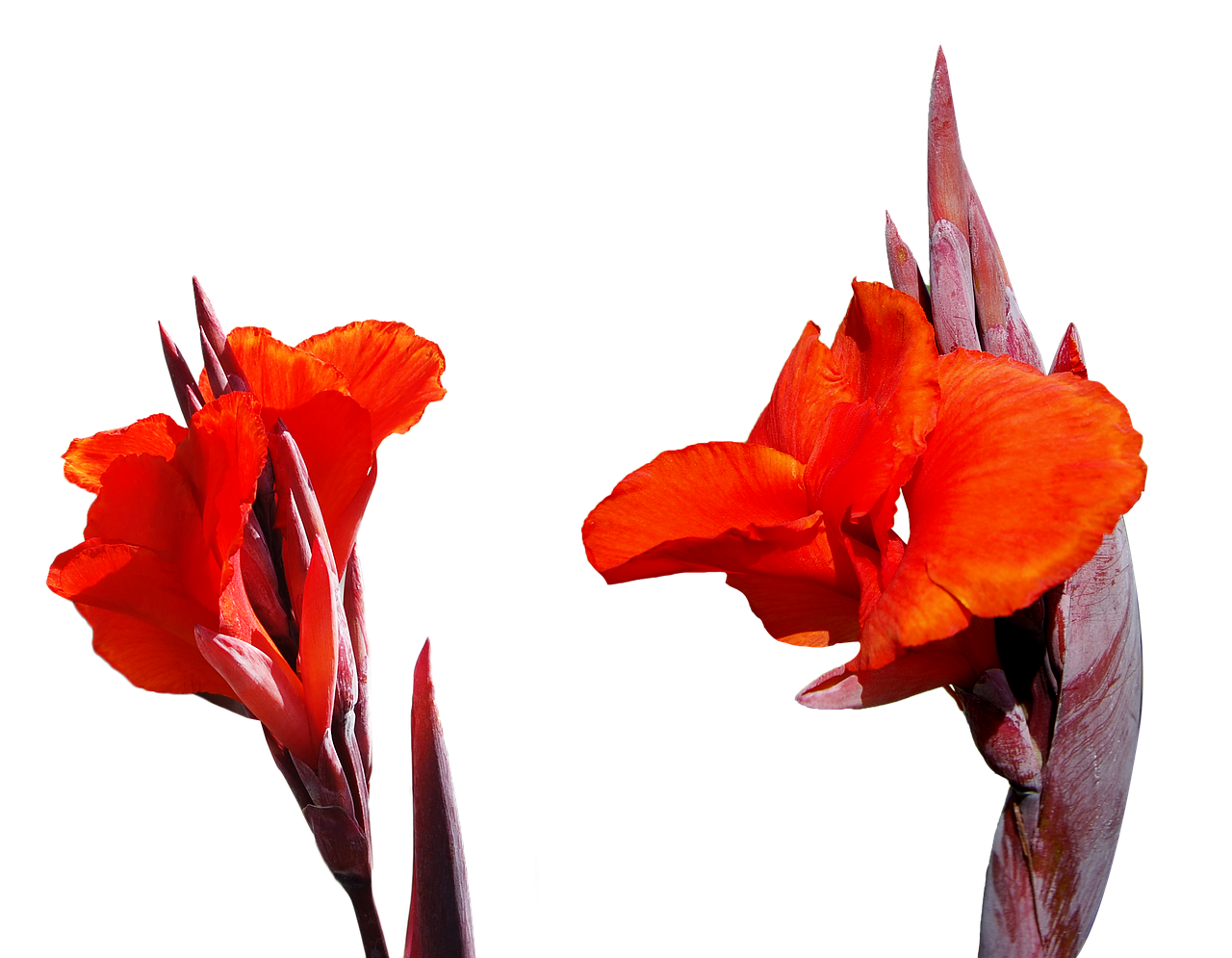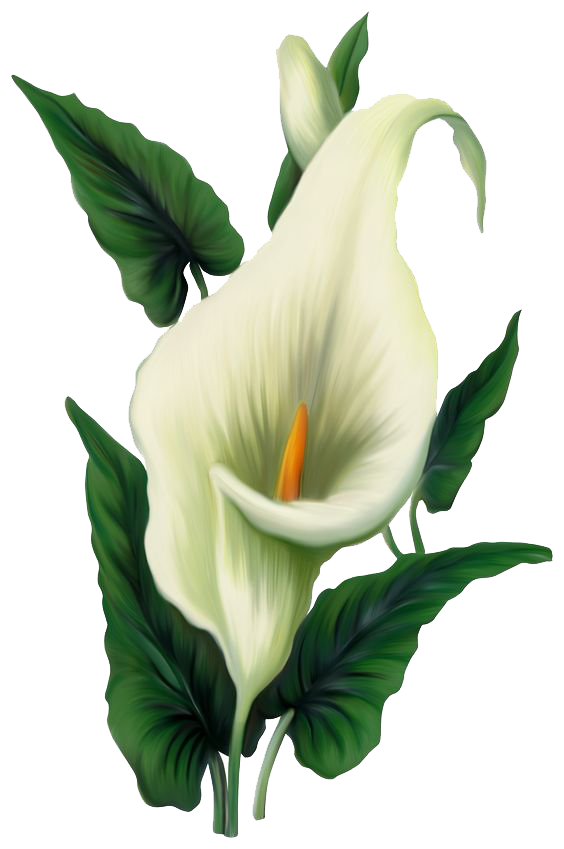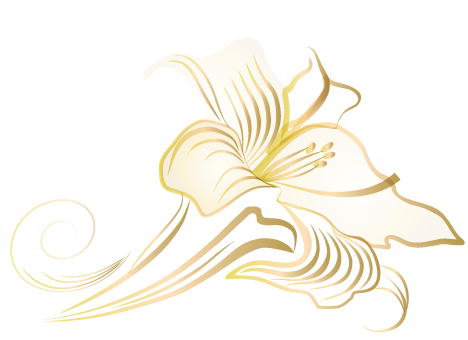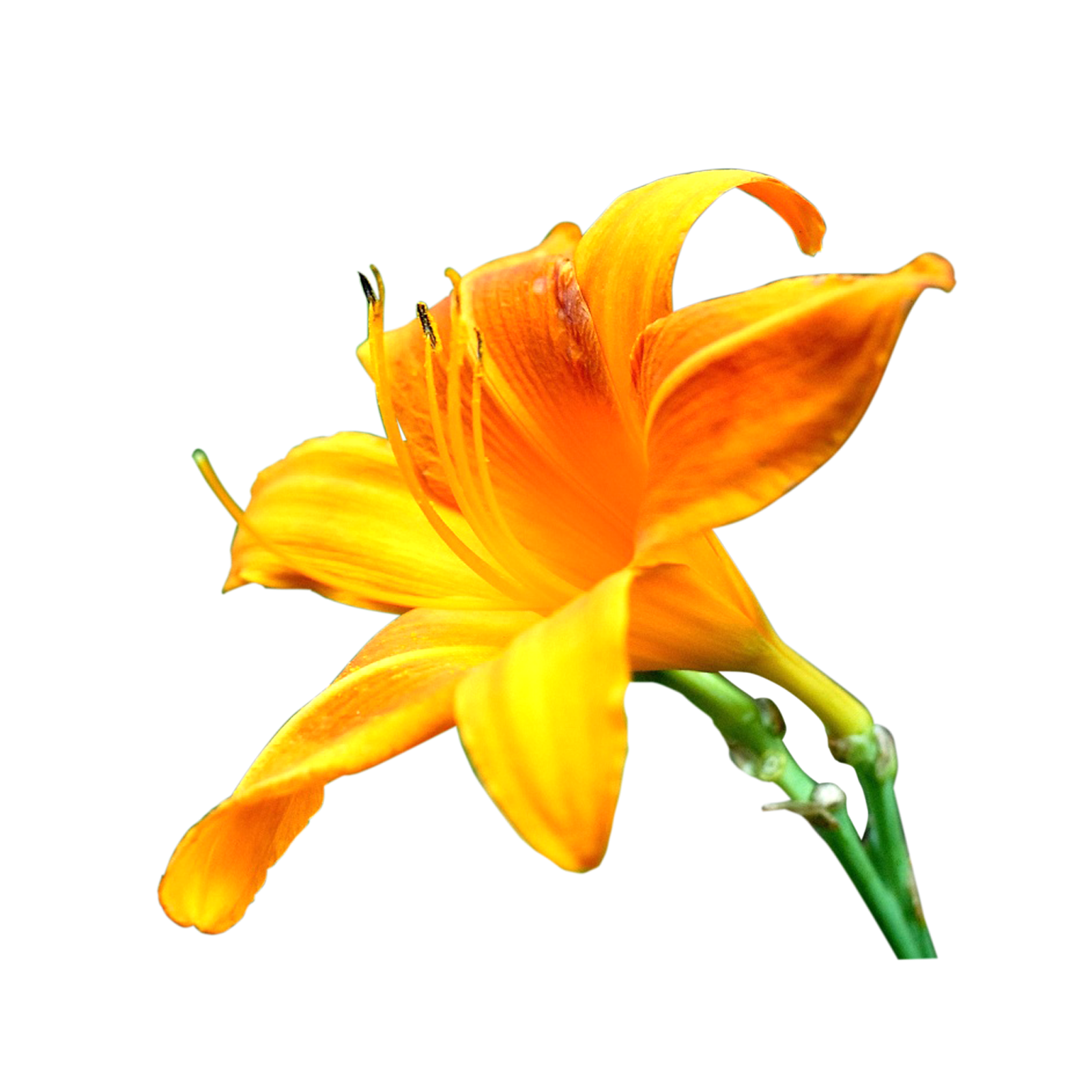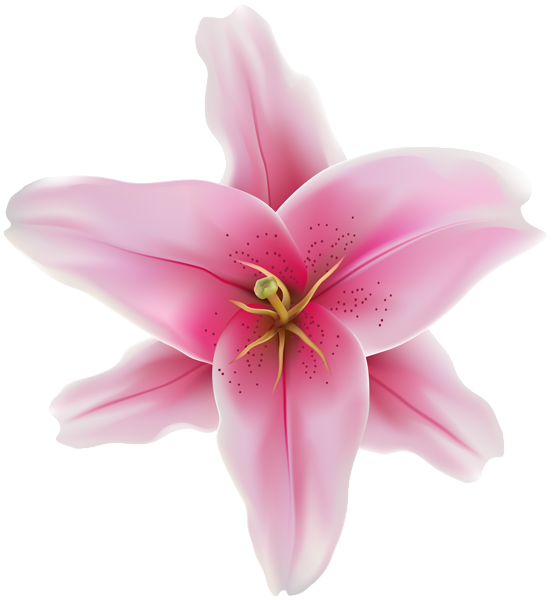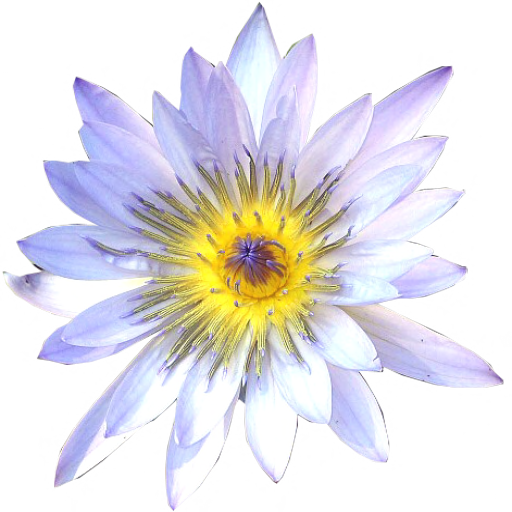Download top and best high-quality free Lily Flower PNG Transparent Images backgrounds available in various sizes. To view the full PNG size resolution click on any of the below image thumbnail.
License Info: Creative Commons 4.0 BY-NC
Lilium is a genus of herbaceous flowering plants with big, conspicuous blooms that grow from bulbs. Lilies are a category of blooming plants that are prominent in most of the world’s culture and literature. The majority of species are found in the temperate northern hemisphere, with some extending into the northern subtropics. Many plants with the word “lily” in their common name are unrelated to genuine lilies.
Lilies are tall perennials that grow to be 2″6 feet (60″180 cm) tall. Their perennation organs are scaly subterranean bulbs that are either bare or tunicless. In certain North American species, the bulb’s base grows into rhizomes, which contain multiple miniature bulbs. Stolons are developed by some animals. Although the majority of bulbs are buried deep below, a few species produce bulbs at the soil’s surface. Stem-roots are formed by a variety of species. The bulb grows naturally at a depth in the earth with these, and each year the new stem emerges from the soil with adventitious roots above the bulb. These roots are in addition to the bulb’s basal roots, which form at the base.
The blooms are enormous, fragrant, and come in a variety of hues, including whites, yellows, oranges, pinks, reds, and purples, among others. Spots and brush strokes are examples of markings. The plants bloom in the late spring or summer. Blooms appear in racemes or umbels at the stem’s apex, with six tepals extending or reflexed to create flowers that range in form from funnel to “Turk’s cap.” The tepals are separate from one another and each bloom has a nectary at the base. The ovary is’superior,’ borne above the anthers’ attachment site. A three-celled capsule is the fruit.
Late July is when the seeds ripen. They have a wide range of germination patterns, some of which are suited to chilly temperate conditions.
In their natural habitat, most cool temperate plants are deciduous and dormant in the winter. However, a few species native to areas with hot summers and mild winters (Lilium candidum, Lilium catesbaei, Lilium longiflorum) lose their leaves and go dormant in the summer or autumn, then sprout from autumn to winter, forming dwarf stems bearing a basal rosette of leaves until, after enough chilling, the stem begins to elongate in warmer weather.
The taxonomy of section Pseudolirium is taken from the Flora of North America, the taxonomy of Section Liriotypus is taken from Resetnik et al. 2007, the taxonomy of Chinese species (various sections) is taken from Nishikawa et al., and the taxonomy of Section Sinomartagon is taken from Nishikawa et al.
Although the World Checklist of Selected Plant Families recognizes Nomocharis to be a distinct genus as of January 2014, certain authorities regard it to be embedded within Lilium rather than being treated as a separate genus.
Download Lily Flower PNG images transparent gallery.
- White Lily Flower PNG File
Resolution: 3000 × 2563
Size: 1911 KB
Image Format: .png
Download
- White Lily Flower PNG Image
Resolution: 600 × 534
Size: 131 KB
Image Format: .png
Download
- White Lily Flower PNG Photo
Resolution: 600 × 552
Size: 150 KB
Image Format: .png
Download
- Lily Flower Transparent
Resolution: 857 × 851
Size: 23 KB
Image Format: .png
Download
- White Lily Flower PNG Cutout
Resolution: 1120 × 953
Size: 860 KB
Image Format: .png
Download
- Pink Lily Flower PNG
Resolution: 960 × 1280
Size: 701 KB
Image Format: .png
Download
- Pink Lily Flower PNG Pic
Resolution: 511 × 600
Size: 296 KB
Image Format: .png
Download
- White Lily Flower PNG Images
Resolution: 495 × 600
Size: 247 KB
Image Format: .png
Download
- White Lily Flower PNG Photos
Resolution: 850 × 810
Size: 599 KB
Image Format: .png
Download
- White Lily Flower Transparent
Resolution: 3000 × 2723
Size: 1738 KB
Image Format: .png
Download
- Lily Flower PNG Clipart
Resolution: 2500 × 1786
Size: 2314 KB
Image Format: .png
Download
- Lily Flower PNG Picture
Resolution: 557 × 560
Size: 77 KB
Image Format: .png
Download
- Lily Flower PNG
Resolution: 1280 × 995
Size: 767 KB
Image Format: .png
Download
- Pink Lily Flower PNG File
Resolution: 1152 × 1280
Size: 1016 KB
Image Format: .png
Download
- Pink Lily Flower PNG Image
Resolution: 720 × 720
Size: 601 KB
Image Format: .png
Download
- Pink Lily Flower PNG Photo
Resolution: 600 × 485
Size: 168 KB
Image Format: .png
Download
- Lily Flower PNG Pic
Resolution: 1200 × 1200
Size: 74 KB
Image Format: .png
Download
- White Lily Flower PNG Clipart
Resolution: 564 × 849
Size: 274 KB
Image Format: .png
Download
- Lily Flower PNG File
Resolution: 512 × 512
Size: 19 KB
Image Format: .png
Download
- White Lily Flower PNG
Resolution: 506 × 506
Size: 85 KB
Image Format: .png
Download
- White Lily Flower PNG Pic
Resolution: 468 × 340
Size: 77 KB
Image Format: .png
Download
- Lily Flower
Resolution: 1600 × 1600
Size: 1615 KB
Image Format: .png
Download
- Lily Flower PNG Image
Resolution: 1600 × 1600
Size: 937 KB
Image Format: .png
Download
- Pink Lily Flower
Resolution: 552 × 600
Size: 163 KB
Image Format: .png
Download
- Lily Flower PNG Photo
Resolution: 500 × 778
Size: 372 KB
Image Format: .png
Download
- Lily Flower PNG Cutout
Resolution: 589 × 980
Size: 60 KB
Image Format: .png
Download
- White Lily Flower
Resolution: 500 × 363
Size: 66 KB
Image Format: .png
Download
- Lily Flower PNG Images
Resolution: 512 × 512
Size: 464 KB
Image Format: .png
Download
- Lily Flower PNG Photos
Resolution: 500 × 343
Size: 147 KB
Image Format: .png
Download




